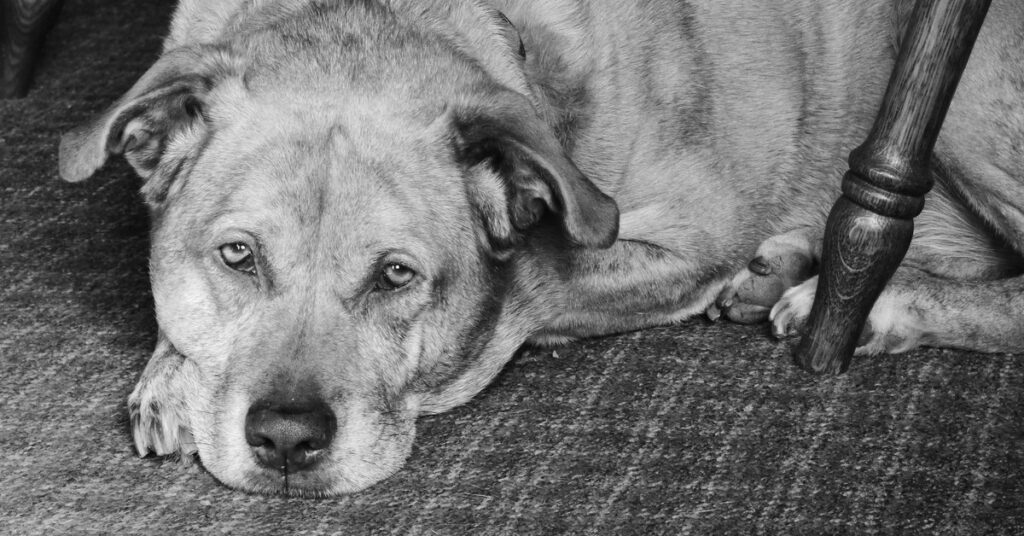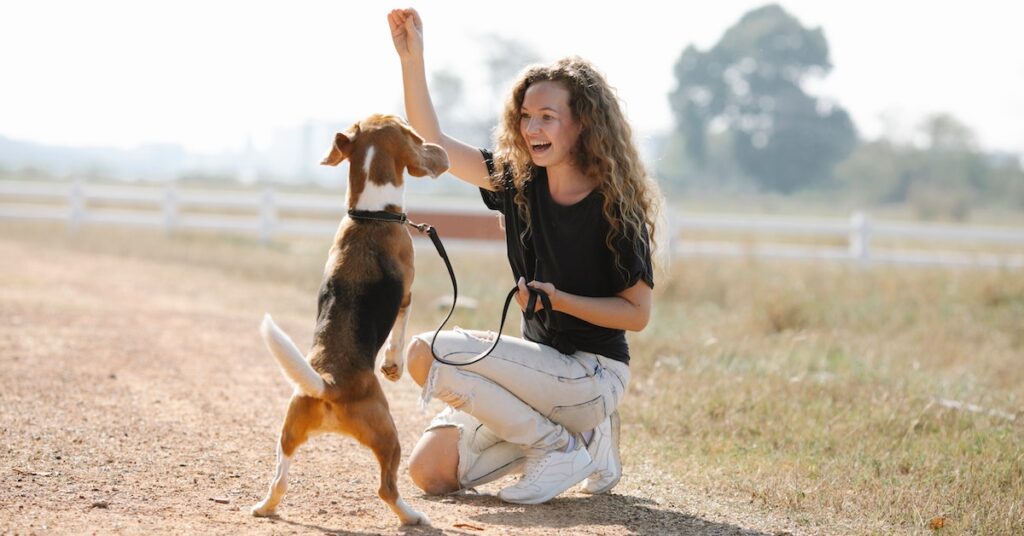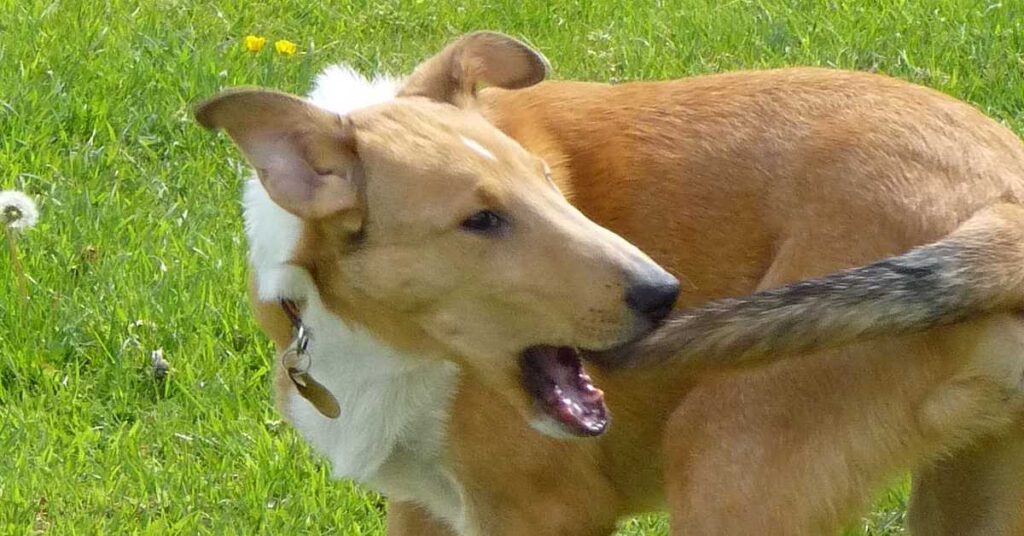Owning a large dog can be very challenging. These dogs are incredibly powerful and can evoke a variety of emotions, including anger, fear, and genuine awe. When choosing a large dog, you should take into account the time and energy you’re willing to devote to training them.
Costs of owning a large dog
The costs of owning a large dog can vary significantly. The purchase price of big dogs can range from nothing to more than $2000. About 20 to 25 percent of owners spend over $2000 for their dogs. The majority, however, spend less than $1500. The cost of general veterinary care for a large dog includes both conventional and holistic treatments.
Veterinary care is one of the largest expenses of owning a large dog. The cost of veterinary care and nutritional supplements is increasing. According to the survey, an average big dog owner spends about $187 per month on food and supplements. A large portion of these expenses relates to prescription pet medications, which are increasing in price. In addition to food, owners must also spend on ancillary items, such as dog bowls, containers, and plastic bags for food.
Dogs often need yearly medical checkups and vaccinations. These can add up to several thousand dollars in a single year. If you get a dog that is prone to illness, you may want to consider getting pet insurance to cover any medical costs. It’s also a good idea to keep an emergency fund set aside for these costs.
If you’re on a budget, the cost of veterinary visits, food, and boarding can add up quickly. A good idea is to set aside a few hundred dollars each month for emergencies. Then, you can use this money to cover unexpected vet bills. If you’re working long hours, consider hiring a dog sitter, or boarding your pet while you’re away.
A large dog’s annual expenses vary, and you should consider these factors before making the final decision. In the end, the expenses can range from $700 to $2,000, depending on the breed and medical condition. Adding in the cost of dog walking, grooming, and pet insurance can add up to $7,000 per year.
Keeping a large dog requires a significant financial investment. A Golden Retriever, for example, will cost anywhere from $120 to $150 a month. In addition to these initial costs, you’ll also have to purchase a dog crate and purchase a dog leash and a dog crate.
Regular veterinary care is another major expense for big dogs. According to the ASPCA, big dogs should be examined at least once a year and receive yearly vaccinations and heartworm prevention. You may also need to pay for medications for your dog. Veterinary care is also more expensive in large cities, especially if your dog is large.
The cost of grooming a large dog is much higher than that of a small dog. A small dog can spend around $125 on annual grooming, but a large dog can spend up to 25 percent more on that.
Dangers of owning a large dog
Living with a large dog presents unique challenges for owners. They require large amounts of space to move around and must be exercised daily. Even though most giant breeds are not high-energy, they still require a reasonable amount of exercise. Providing enough room for exercise and playtime is vital, as bored dogs are prone to mischief and can become overweight. To keep your big dog entertained, consider purchasing a Kong Bounzer, which will keep him occupied for hours.
Large dogs are also prone to more health problems than smaller dogs. They tend to require more food and supplies on a daily basis, and they shed more than smaller dogs. Considering these issues, it may be wise to think twice before getting a large dog. However, if you are willing to put in the work and care required for a large dog, it’s well worth it.
Large dogs are more likely to suffer from obesity and joint and ligament problems. They also have shorter lifespans. However, it’s possible to prevent problems by keeping informed about breed-related health concerns. Regular check-ups are especially important for puppies, as they grow rapidly and are susceptible to overfeeding. Consult with your veterinarian for guidelines regarding the right amount of food to feed your dog.
Large breed dogs are also more prone to hip dysplasia and cruciate ligament tears. These are common problems among large dogs, and early detection can help prevent the worst from happening. In addition to that, large dogs tend to age faster than their small counterparts. In addition to hip dysplasia and arthritis, large breed dogs can also develop a number of other health conditions.
Aortic stenosis is another common condition among big dogs. This narrows the aortic passage, restricting blood flow to the heart. In mild cases, the disease may not show any symptoms, and it can only be diagnosed by a cardiologist during an exam. Severe cases can cause trouble breathing and may require a cardiac catheterization.
Large dogs are more susceptible to periodontal disease than small dogs. Also, their mouths are more prone to crowded teeth. As a result, they have less bone than their smaller counterparts. Therefore, they are more likely to suffer from loose teeth, pathologic bone loss, or even mandibular fractures during dental procedures.
Exercise needs of a large dog
Whether you’re looking to keep your large dog in shape or simply want to keep it from growing overweight, exercise is an essential component of your dog’s overall health. Exercise not only helps control weight, it relieves stress, and helps prevent a host of ailments. It also contributes to your dog’s mental and behavioral health. Generally, dogs require about 20 to 30 minutes of exercise per day. However, this figure varies depending on the breed and size of the dog.
Large breed dogs require a moderate amount of exercise. Exercise is necessary to maintain the right body weight and maintain good joint and bone health. A daily walk of at least 30 minutes is sufficient for a large breed dog. Large breed dogs can also participate in activities such as swimming. Swimming is a low-impact activity that helps keep joints healthy.
In addition to daily exercise, a dog should also be allowed to get attention from you. A good way to show affection is to take your dog out for walks or play dates. These activities will also give you the opportunity to bond with your best friend. If you’re new to dog ownership, try to give your dog plenty of time to adjust to his new life.
The ideal amount of exercise for a large dog is between thirty and forty minutes per day. It’s best to set aside a day every week for a specific activity. If your dog likes running, set aside a weekend to let him run around the yard, or take him on a nature hike. A 30 to 40-minute walk is enough to ensure your dog gets enough exercise and releases the necessary feel-good hormones.
Large breed dogs have high levels of joint problems, and daily exercise helps keep their joints healthy. Regular exercise can help them maintain a healthy weight and keep their muscles strong. You can take your large dog for a brisk walk or hike, play fetch in the backyard, or even use an agility course. However, you should keep strenuous activities to a minimum until your dog is about a year old. During this time, their skeletons are still not fully developed.
Exercising your large dog can be challenging, but the benefits are great for your dog’s health. In addition to maintaining your dog’s physical and mental state, regular exercise will help keep your dog from getting overheated. A lack of exercise will result in joint issues, excess weight, and even destructive chewing and digging. If you’re not exercising your dog properly, he’ll likely get bored and begin to develop unwanted behaviors such as digging, excessive barking, and roughhousing inside the house.
Running, skating, and cycling are all excellent outdoor exercises. Keep in mind that dogs don’t have the body or legs for a marathon, so don’t push them too hard! Hide-and-seek games can also be fun and provide mental stimulation for your dog.








